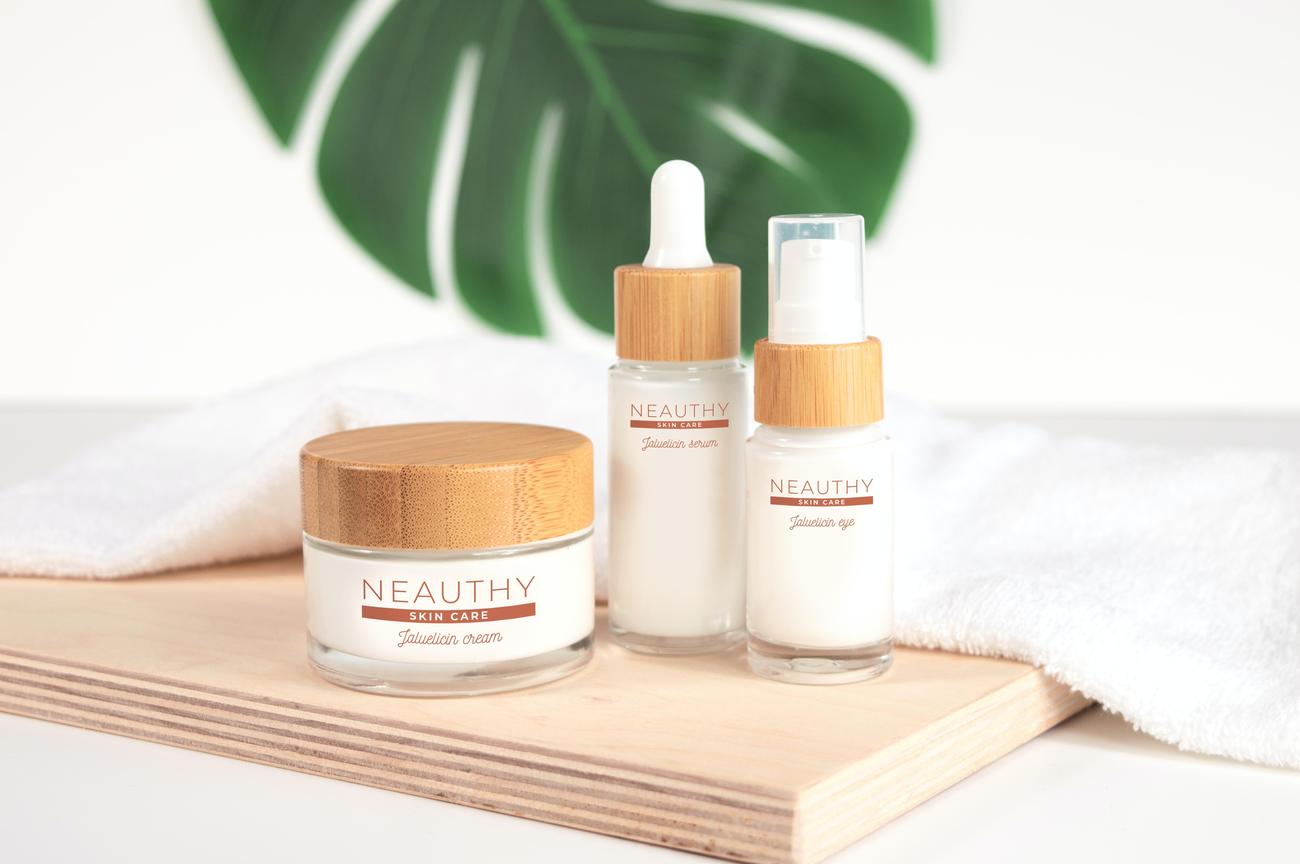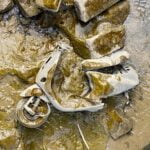Welcome to the world of slime! If you’re a young scientist gearing up for a science fair project, or simply someone with a curious mind, you’re in for a treat. In this article, we’ll dive into the fascinating realm of slime, uncovering intriguing facts that will not only grab your attention but also make your science fair project stand out from the crowd. From the chemistry behind slime’s gooey texture to the exciting experiments you can conduct, get ready to embark on a slimy adventure that will leave you inspired and eager to explore the science behind this slippery substance. So, grab your lab coat and get ready to uncover the captivating world of slime facts for science fair projects!

Slime Facts for Science Fair
Welcome to the exciting world of slime! If you’re searching for an engaging and educational topic for your science fair project, look no further than slime. This fascinating substance can captivate both young and older students alike, making it a perfect choice to explore in a science fair project. In this article, we’ll dive into the captivating world of slime, and discover some intriguing facts that will surely impress your peers and teachers.
Slime: More Than Just a Gooey Mess
First things first, let’s debunk a common misconception about slime: it’s not just a gooey mess. Slime is actually a chemical reaction, making it a fantastic way to explore the wonders of chemistry. By combining different ingredients, such as glue, water, and a slime activator like borax or liquid starch, you can create a substance that transitions between states of matter, from liquid to solid and back again.
Safety First: Slime-Making Precautions
Before we embark on our slime adventure, it’s essential to prioritize safety. When making slime, it’s crucial to handle all ingredients responsibly and with adult supervision. Although most slime recipes are safe, it’s always better to err on the side of caution. Remember, slimy fun is even more enjoyable when everyone stays safe!
Slime, The STEM Activity
Let’s take a moment to appreciate the educational value of slime. Not only does slime provide endless entertainment, but it’s also a superb tool for teaching various STEM concepts. By engaging in slime experiments, students can delve into scientific topics like chemistry and states of matter. They can also utilize their math skills by measuring and adjusting ingredients, allowing for a practical application of problem-solving abilities. So, when it comes to learning, slime is not to be underestimated!
The Versatility of Slime: a Scientific Swiss Army Knife
One of the incredible aspects of slime is its versatility. It can be used to illustrate a wide range of scientific concepts, providing hands-on learning opportunities for students. For example, by adding different substances to slime, you can study how it reacts to changes in temperature, light, or even magnetic fields. Such experiments open up doors to endless possibilities, fostering curiosity and promoting scientific inquiry.
Slime: Fun for All Ages
Slime isn’t limited to just children. Kids of all ages, including adults, can enjoy the sensation of stretching and squishing this intriguing substance. Whether you’re a kindergartener or a high school student, slime has a way of captivating everyone’s attention. So, don’t be afraid to embrace your inner scientist and dive into the world of slime, regardless of your age.
Creating a Captivating Science Fair Project
Now that we’ve explored the educational wonders of slime, it’s time to think about how to turn this knowledge into an impressive science fair project. The key to crafting a captivating project lies in creativity and experimentation. You can explore different slime recipes, investigate the factors that affect slime’s consistency, or even invent your unique slime-based experiment. The possibilities are endless, so let your imagination run wild and showcase your scientific prowess.
In conclusion, slime is more than just a gooey mess—it’s an exceptional tool for learning and scientific exploration. Through hands-on experiments and engaging projects, students can delve into the chemistry, states of matter, and countless other scientific concepts. So, if you’re looking for a fun and educational topic for your science fair project, don’t hesitate to dive into the mesmerizing world of slime. Remember, the slimier, the better!
“Unleash your inner scientist and let the slime bring your science fair project to life!”
Slime has taken the world by storm, captivating young and old alike. But did you know there are some truly fascinating facts about slime that will blow your mind? Prepare to be amazed with these 10 fun facts about slime. Discover the secrets behind its gooey texture, the science behind its mesmerizing colors, and how it has become a popular sensory toy. If you’re ready to dive into the world of slime, click here to explore these fascinating facts: 10 fun facts about slime. Trust us, you won’t be able to resist the allure of slime after uncovering these mind-boggling facts. So, are you ready to get slimy?
Slime Facts For Science Fair
Slime has become a global sensation, captivating people of all ages with its intriguing properties. Have you ever wondered about the amazing science behind slime? If so, we have you covered! Dive into the world of slime with our article on the “Amazing Science Behind Slime”. Discover the secrets behind its gooey texture, fascinating chemical reactions, and the scientific principles that make it so mesmerizing. Whether you’re a budding scientist or simply curious about the wonders of slime, this article is a must-read. Click here to unlock the secrets: Amazing science behind slime.
Are you a science fair enthusiast looking for unique and exciting experiments? Look no further! Our “Slime Experiments for Science Fair” article provides a variety of thrilling slime experiments that are perfect for showcasing at your next science fair. From magnetic slime to glow-in-the-dark slime, these experiments will surely impress judges and fellow participants alike. Get ready to make your science fair project slime-tastic by clicking this link: Slime experiments for science fair.
If you’re feeling crafty and eager to create your very own slime, we have just what you need. Our comprehensive guide on “DIY Slime Recipes and Facts” will take you on a journey through different slime recipes, ingredients, and fun facts. Unleash your creativity by trying out various recipes and exploring the fascinating facts about slime. Whether you prefer glitter slime, fluffy slime, or slime with hidden surprises, there’s something for everyone. Don’t miss out on this opportunity, click here to discover the world of DIY slime: DIY slime recipes and facts.
Slime is more than just a messy substance. It’s a scientific wonder that continues to captivate and inspire. Dive into the captivating world of slime through our informative articles and unleash your inner scientist. Click on the links above to embark on an exciting slime journey!
The Science Behind Slime: Unveiling the Chemistry
[youtube v=”FNLRrPUmvNU”]
Introduction
Slime, a popular gooey substance, is not just a messy play material – it’s a fascinating chemical reaction that can transition between different states of matter. In this article, we will delve into the chemistry of slime, exploring its key ingredients and the reactions that make it so unique.
Investigating the Components
To determine what exactly makes slime slime, an experiment was conducted, focusing on the removal of specific ingredients. The control variable, a perfect slime recipe, consists of warm water, baking soda, glue, and saline solution. By eliminating each ingredient individually, the effects were observed.
- Variable A: No Baking Soda
- Variable B: No Water
- Variable C: No Saline Solution
- Variable D: No Glue
- Variable E: Only Glue and Saline Solution
Polymer Chains and Non-Newtonian Fluids
The key component in slime is glue, which contains molecules called polymers. These long chains of similar molecules make the glue slightly liquid in its original form. However, when saline solution (consisting of sodium borate and water) is added, it connects these polymers, restricting their movement. As a result, the mixture no longer flows as freely, creating a substance that can behave as both a liquid and a solid – a non-Newtonian fluid. This unique characteristic allows slime to stretch, hold its shape, and be molded into various forms.
“The molecules in the glue, known as polymers, connect and restrict their movement when saline solution is added, transforming the slime into a non-Newtonian fluid.”
The Role of Water and Baking Soda
While glue is a crucial component, water and baking soda also play significant roles in slime formation. Water acts as a facilitator, allowing the polymers to move more freely, resulting in a less viscous slime. Baking soda reacts with the glue, forming stronger bonds between the polymers and making the slime thicker and more resilient.
“Water and baking soda contribute to the consistency and strength of slime by facilitating polymer movement and creating stronger bonds.”
The Importance of Borate Ions
In conclusion, this experiment reveals that glue alone is not sufficient to create slime. The presence of borate ions, derived from the saline solution, is essential to form the non-Newtonian fluid. These ions connect and strengthen the polymer chains, transforming the glue and saline mixture into the mesmerizing substance we know as slime.
Educational Value and Science Fair Fun
Beyond its entertaining properties, slime has educational value and can be used to teach STEM concepts, particularly chemistry and the states of matter. Its versatility allows for endless experimentation, exploring how slime reacts to different substances and conditions. Slime is not limited to children; people of all ages can enjoy its fascinating properties and engage in creative scientific exploration.
“Slime offers an exciting platform for STEM education, teaching chemistry and states of matter, while fostering creativity and scientific inquiry.”
So next time you play with slime, remember that beneath its slimy exterior lies a captivating chemical marvel. Enjoy the fun, the learning, and the endless possibilities that slime has to offer.
References:

FAQ
Question 1
What are slime science fair projects?
Answer 1
Slime science fair projects are fun and educational activities that allow students to explore chemistry and the scientific method. By making slime, students can learn about chemical reactions and investigate states of matter, such as the transition from liquid to solid.
Question 2
Are there any safety precautions to consider when making slime?
Answer 2
Yes, safety precautions should be taken when making slime. Adult supervision is recommended to ensure that the ingredients are handled properly and the experiment is conducted in a safe environment. It is important to follow the instructions carefully and avoid ingesting slime or getting it into eyes or open wounds.
Question 3
What are some easy slime recipes for experimentation?
Answer 3
There are many easy slime recipes available for experimentation. Some common ingredients used in slime recipes include glue, borax, liquid starch, and contact lens solution. By adjusting the proportions of these ingredients and adding color or glitter, students can create different types of slime with varying textures and properties.
Question 4
How can slime be used as a STEM activity?
Answer 4
Slime can be used as a STEM (science, technology, engineering, and math) activity to teach concepts in various subjects. Students can explore the chemistry behind slime, measure and compare the properties of different slimes, calculate the ratios of ingredients, and even design their own slime experiments to test hypotheses. Through these activities, students develop skills in scientific inquiry, problem-solving, and data analysis.
Question 5
Why are slime science fair projects engaging for students?
Answer 5
Slime science fair projects are engaging for students because they provide hands-on learning opportunities and spark curiosity. Slime is a fascinating substance that children of all ages find intriguing. By incorporating slime into science fair projects, students can explore scientific concepts in a fun and interactive way, making learning enjoyable and memorable.
- Unlock Filipino Culture: A Deep Dive into Traditions and Practices - April 23, 2025
- Unlock Spanish Culture: Insights & Opportunities Now - April 23, 2025
- White Spirit Uses & Substitutes: A Deep Dive for Pros & DIYers - April 23, 2025
















